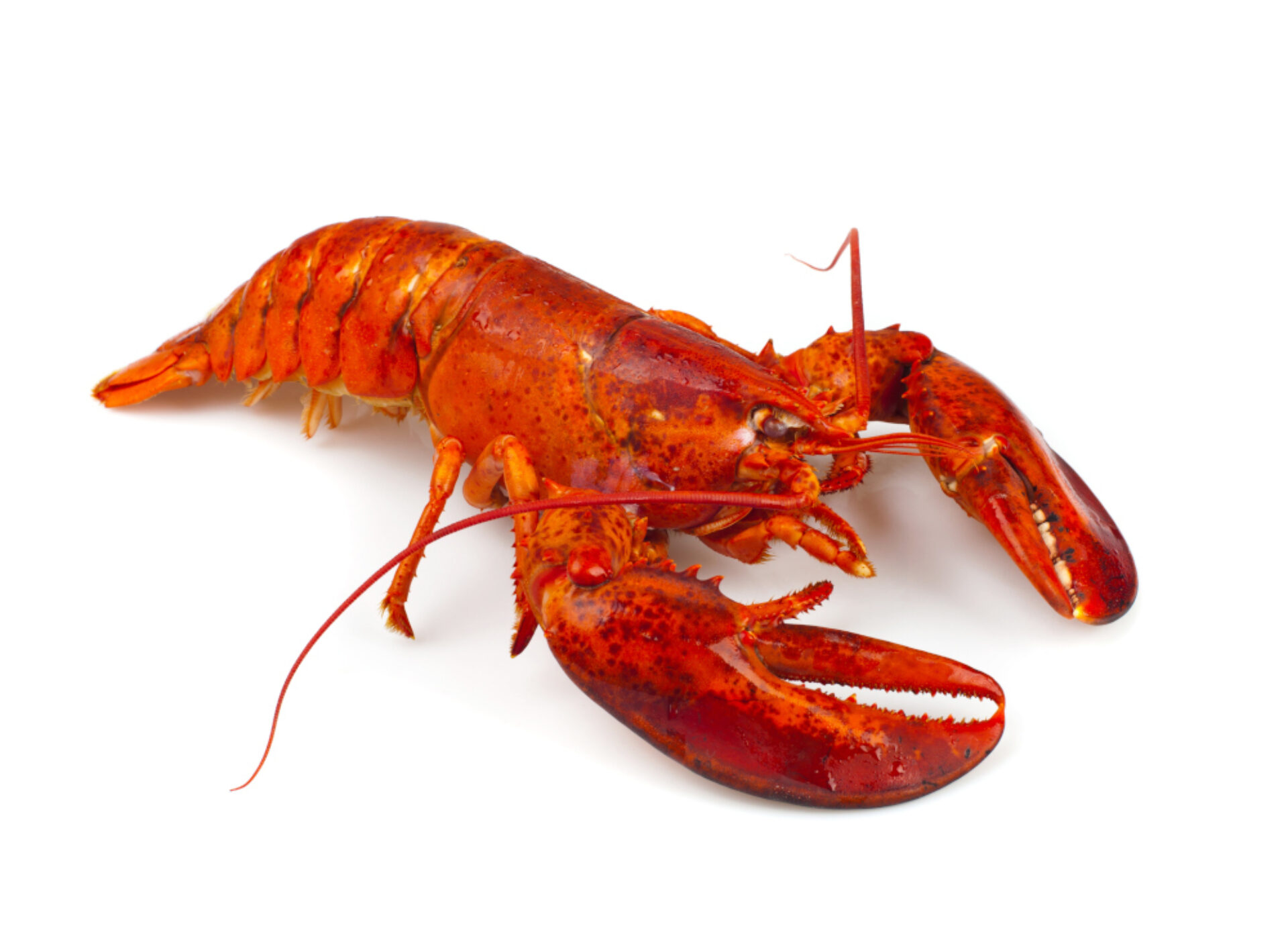How to understand allergenes
More and more people react allergically to certain substances in foodstuffs, the allergens. That is why attention to these allergens has increased enormously in recent years. On the one hand, a number of measures are in force as a result of the legislative framework. On the other hand, the self-checking systems of the food companies are being analysed profoundly and adapted to keep the allergens perfectly under control and to be able to communicate correctly to the consumer.

The 14 legal allergens, according to the European Regulation EU 1169/2011
- Cereals containing gluten (wheat, rye, barley, oats, spelt, khorasant wheat, kamut)
- Crustaceans
- Egg
- Fish
- Peanuts
- Soy
- Milk
- Nuts
- Celery
- Mustard
- Sesame
- Sulphur dioxide and sulphite (E220-E228)
- Lupin
- Molluscs
As soon as we use raw materials that contain at least one of these allergens, we must indicate this on the label. We do this by marking the allergen in bold next to the ingredient.
Sulphite is a bit special in this list. For this allergen, a legal limit of 10ppm has been set for when the allergen must be listed. If the concentration is less than 10ppm, the allergen is present to a very small extent but is not mentioned.
Separate agreements also exist for gluten. Legally speaking, as soon as an allergen is present, however small it may be, it must be stated on the label. On the other hand, legislation states that a product may be considered gluten-free if less than 20ppm gluten is present. In this sense, it can occur that gluten is indicated as an allergen on the label but the product can still be declared as gluten-free.
Finally, there is the possibility of cross-contamination. Because raw materials containing certain allergens are present at our production site and because products containing certain allergens are produced by us, a certain contamination of products not containing allergens with products containing allergens may, in some cases, occur. This is what is known as cross-contamination. At present, the law does not provide for mandatory listing of allergens that end up in a foodstuff through cross-contamination. There is the possibility of voluntary declaration under the form "May contain traces of...)
This possible cross-contamination is visualized and controlled via analyses and theoretical calculations in order to keep control of the concentration of cross-contamination present.
This contamination can occur internally, but can also come along, as cross-contamination, with our raw materials. If spinach is grown next to a field where soya is grown, a certain amount of cross-contamination of the spinach with soya will inevitably occur from the field and this will continue to be present throughout the chain.
The following applies to our products:
- All liquid products are allergen-free (unless otherwise stated on the label and technical data sheet) and may not contain any allergens through cross-contamination.
- All powdered products, in addition to the possible presence of allergens themselves, may be contaminated with milk, egg, soya, gluten, celery, mustard and sulphite, through cross-contamination.
- All powdered products containing, amongst others, crustaceans, fish or molluscs, may always be cross-contaminated with these three allergens, in addition to the cross-contamination of the above allergens for powdered products.
If you have additional questions about the allergens in our products, please do not hesitate to contact us.
